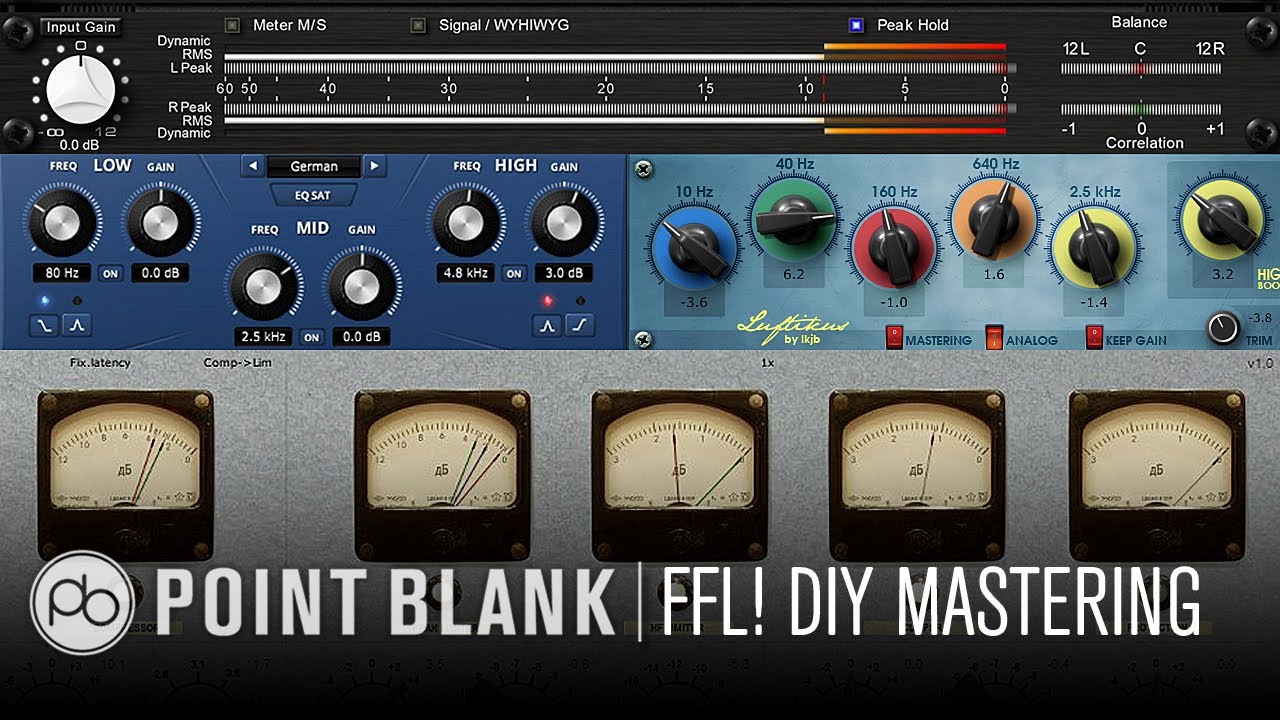HI, Neurogami
This is a good question.
I suspect that when people listen to an album they expect there to be a consistent sound or feel, even if the type of music changes. In other words, there’s an expectation (perhaps unconsciously) that all the songs will sound like they were done by the same person (as opposed to, say, a compilation album).
On the other hand, if the type of music varies, and each piece warrants different sonic qualities, then why not stay true to the music?
There are some things that probably should stay consistent (excepting artistic decisions) across songs: compression, volume, general tonal balance.
I.e. a listener should not have to keep twiddling the volume on each song, or feel like they have to keep adjusting the treble/bass. But if you’re including a piece that is deliberately murky or highly bright or intended to be very quiet then that’s an artistic choice.
I’m facing this myself. I have a set of songs for an album and when I listen them as a collection I’m noticing differences in how certain elements are mixed. In some cases these are what I intended, but in others they are just distracting (e.g after hearing song A, the bass in song B sounds too loud or to soft).
Part of me wonders if this is less important than it used to be, as listening habits change. Do people listen to entire albums? Given how music can be created and distributed, “album” seems both archaic and arbitrary (yet they persist).
On the other hand, if the type of music varies, and each piece warrants different sonic qualities, then why not stay true to the music?
Ok, you sayI should keep jazzy things sounding like Jazz and and metal things sounding like metal - sounds sensible.
There are some things that probably should stay consistent (excepting artistic decisions) across songs: compression, volume, general tonal balance.
By “tonal balance” do you mean the distribution of frequencies ? (LOL, yes you, meant this, beacause the engineer in Ransom’s Video talks about
this RIGHT NOW… )
Listeners shouldn’t feel the urge to adjust things continuously. I understand.
And yes… who listens to “Albums” nowadays…
But this is a great start: “Keep listeners from repeatedly tweaking settings. Stay constant in this sense.” - I think, I got this one.
Thanks !
René
